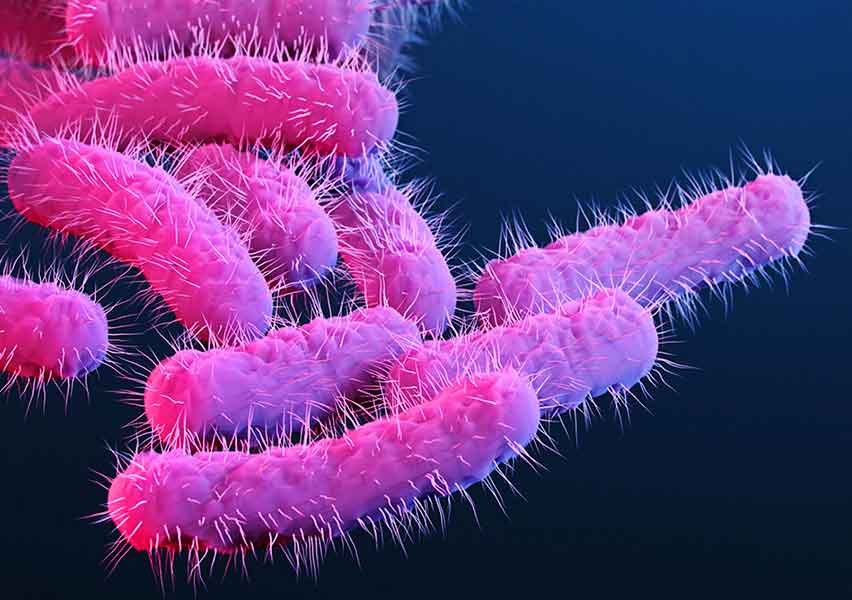Shigella flexneri
Shigella flexneri is a Gram-negative bacterium from group B of the Shigella genus, responsible for most cases of shigellosis in developing countries. It is a major cause of acute bacterial diarrhea in humans, particularly in children under five, although it can affect individuals of any age. Transmission occurs via the fecal-oral route, either through direct contact with infected individuals or via contaminated food and water. The bacterium invades intestinal epithelial cells, triggering severe inflammation, ulceration, and tissue damage.
Symptoms typically appear between 1 and 7 days after exposure (average 3 days) and may include:
- Watery or bloody diarrhea
- Acute abdominal pain or cramps
- High fever
- Nausea and vomiting
- Rectal pain (tenesmus)
- Presence of mucus or pus in stool
Severe cases can result in significant dehydration, especially in young children, the elderly, or immunocompromised individuals. The infection is usually self-limited, though some strains can cause more severe disease or epidemic outbreaks.
Diagnosis:
Diagnosis is based on clinical suspicion and confirmed by stool culture. Molecular tests (PCR) may be used for faster and more sensitive detection. Additional tests may include white blood cell count and hydration status. Serotyping is important for epidemiological surveillance and outbreak tracking.
Treatment:
Most Shigella infections are self-limiting and resolve without antibiotics in healthy individuals. However, in severe cases or high-risk populations, antibiotics are used to shorten disease duration and reduce transmission:
- Azithromycin
- Ceftriaxone
- Ciprofloxacin
Antibiotic choice should be guided by susceptibility testing due to increasing resistance. Maintaining proper hydration—oral or intravenous depending on severity—is crucial. Currently, serotype-specific vaccines are under development for preventive use.

